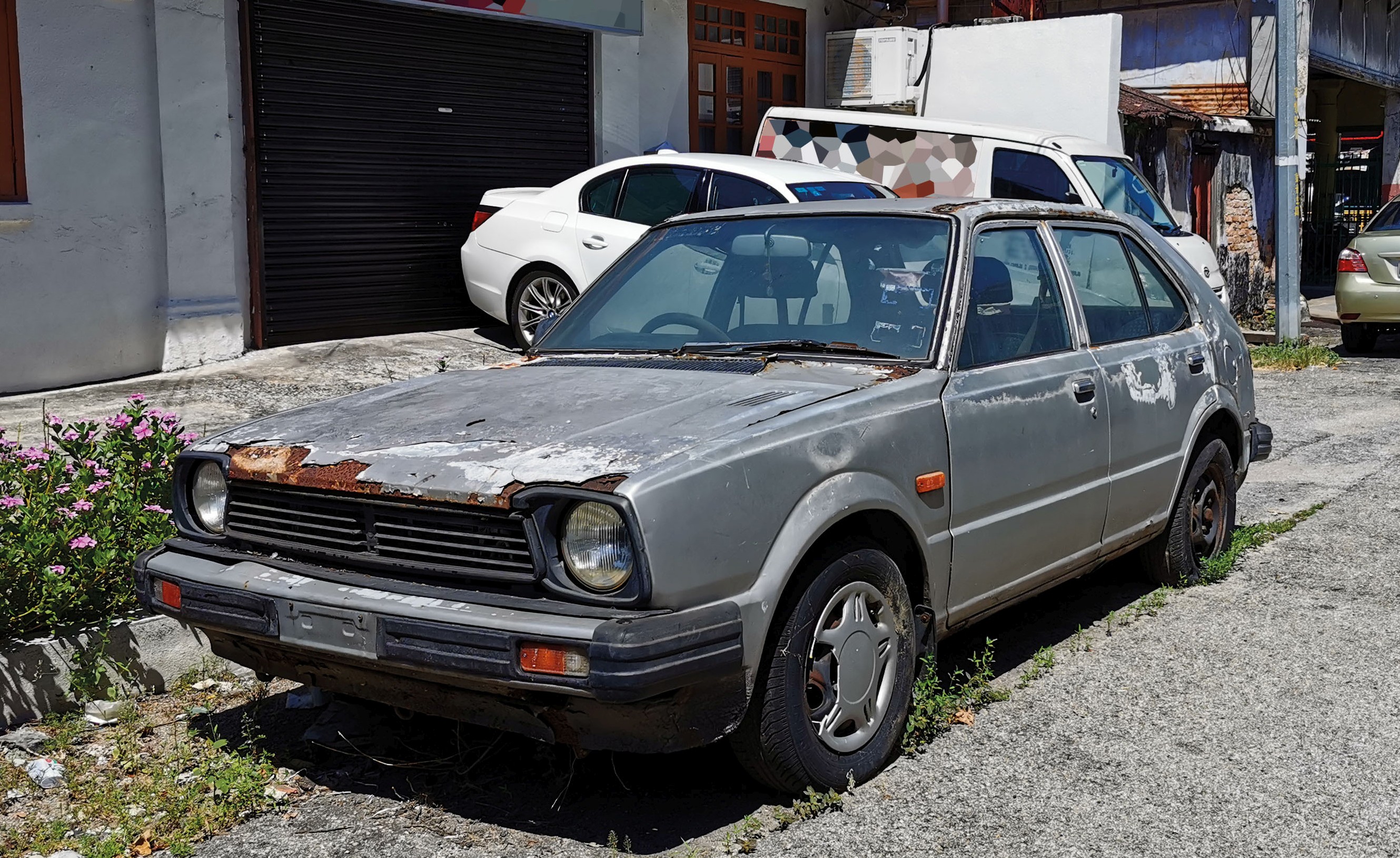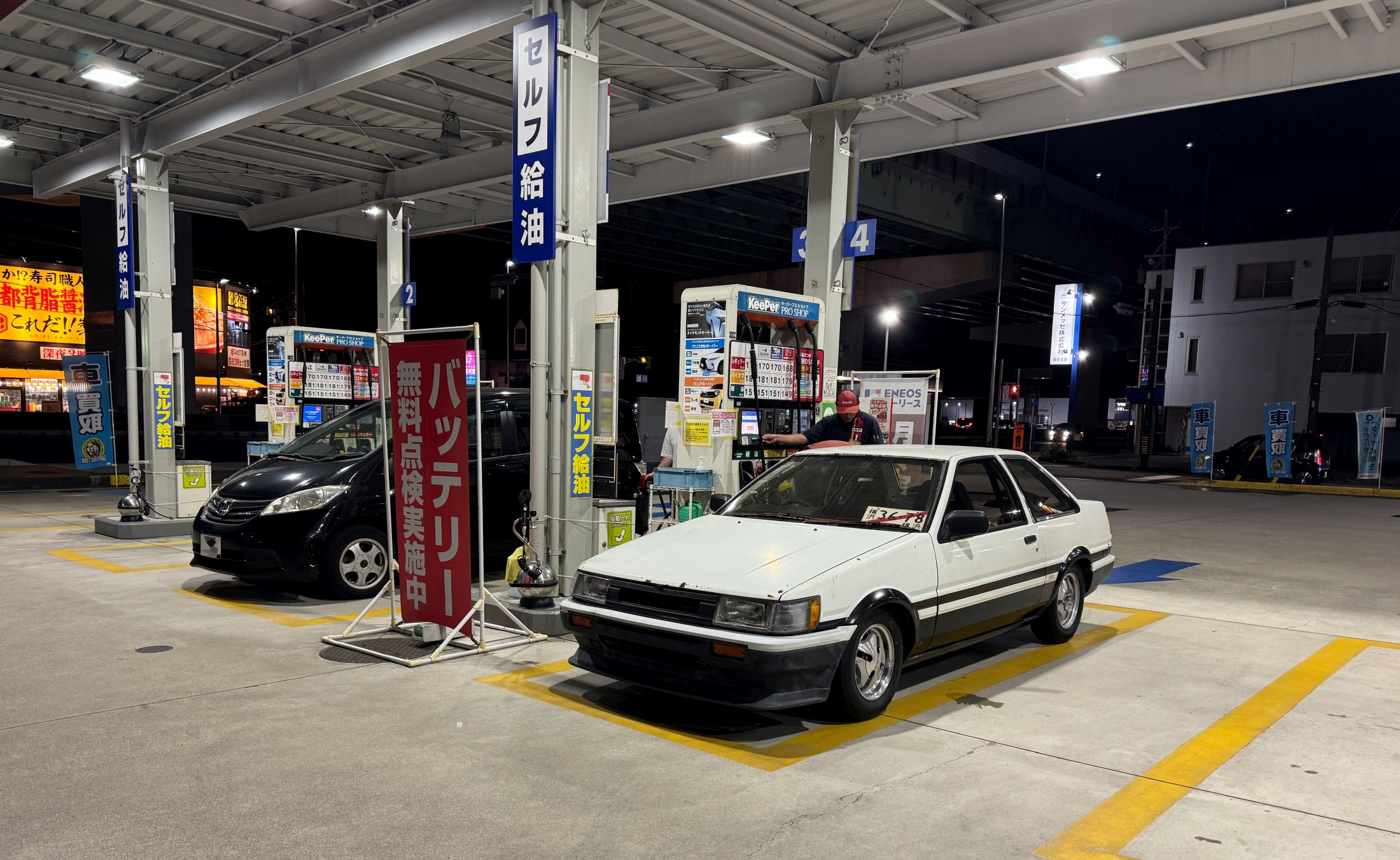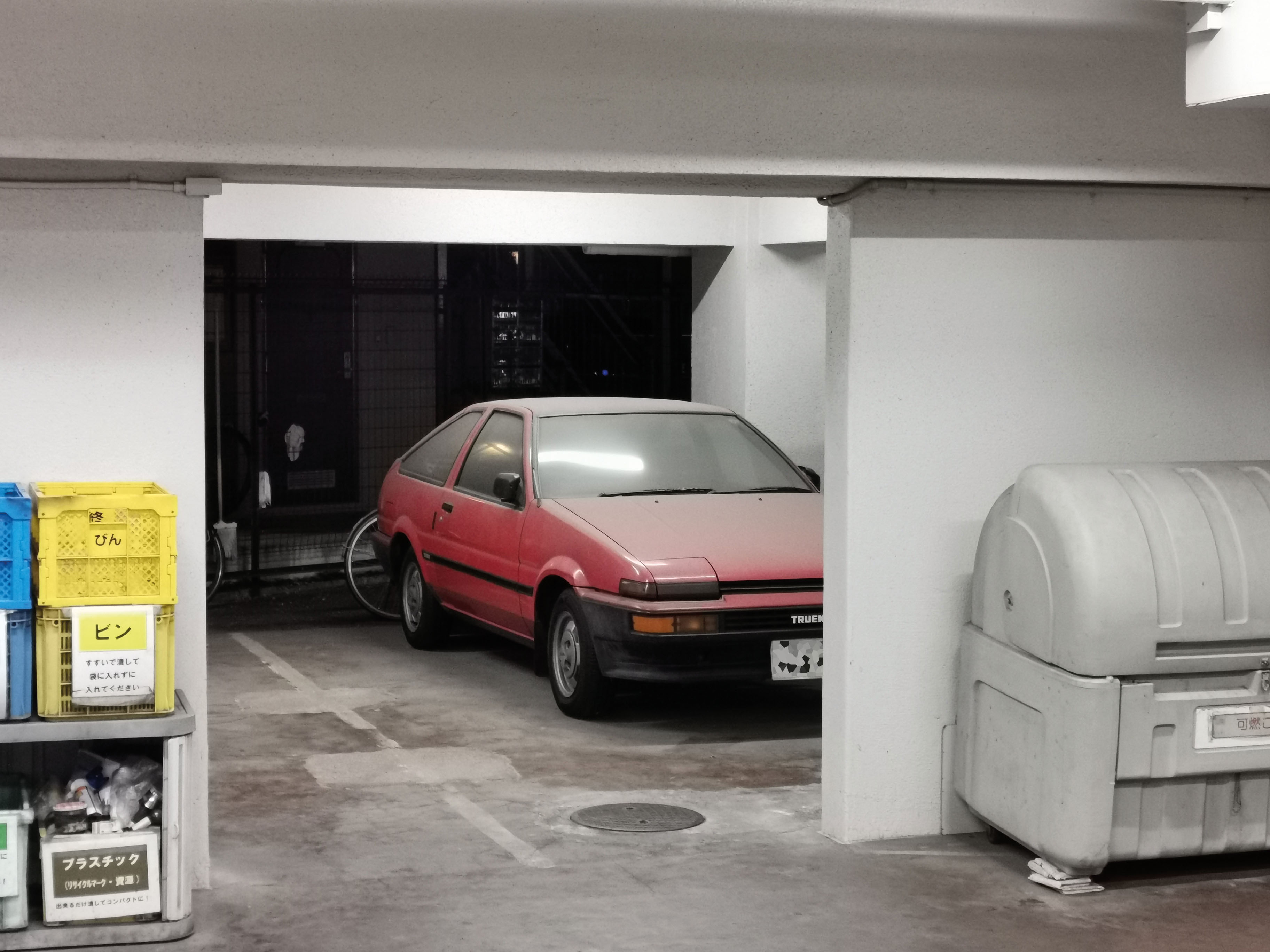When you visit a country for the first time, it usually doesn’t take long to get a sense of the local car culture. In Germany, you’ll find the occasional lowered BMW with custom exhaust sprinting well over 200km/h on the Autobahn. In Japan, you will occasionally see a sporty Rx-7 or tastefully modified Skyline protruding from the usual black, gray and white cars. Getting a sense for the local car culture may take days, weeks or months.
When I first visited Malaysia for the first time in 2011, it took less than 10 minutes to grasp that Malaysia is home to petrol heads. The streets were full of older Toyota and Nissan models, some well-kept, some modified, dating back to the seventies.
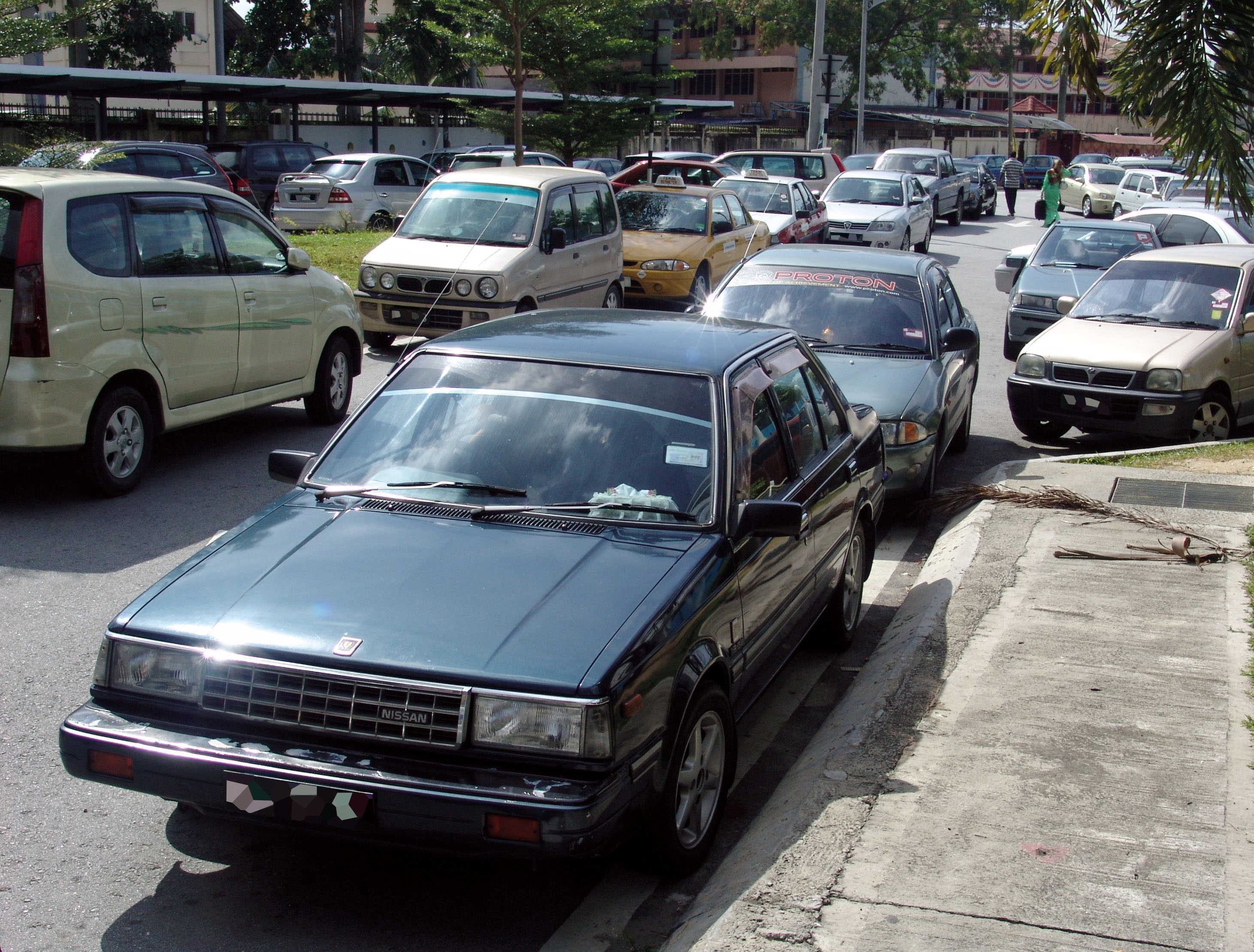
As a Nissan Sunny enthusiast, the Sunny B11 model was the first I recognized. It turns out that Nissan had built the B11 sedan locally until 1996, outliving both the B12 and B13 successor generations. These Sunny were a very common sight on the roads. Modified with modern wheels, rounded wind deflectors and a wide sun visor, this Sunny tries to hide it’s out fashioned body look.
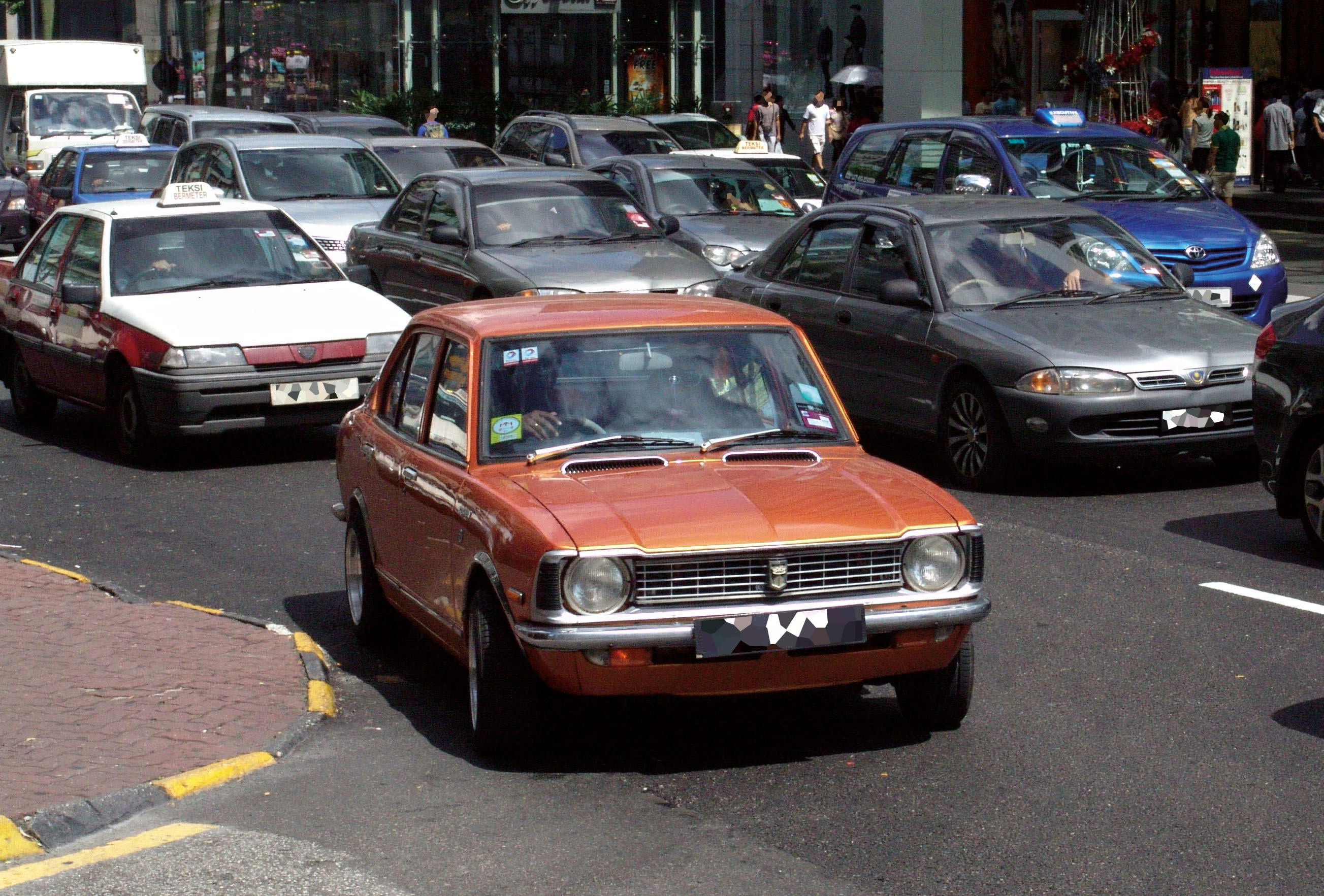
The Corolla E20 in the picture above passed me while I was sightseeing in Kuala Lumpur. Well-kept, repainted in a flashy orange color, and with period-correct rims. Have you noticed the two Mitsubishi Lancer in the back? Look again. Is it really a Mitsubishi?
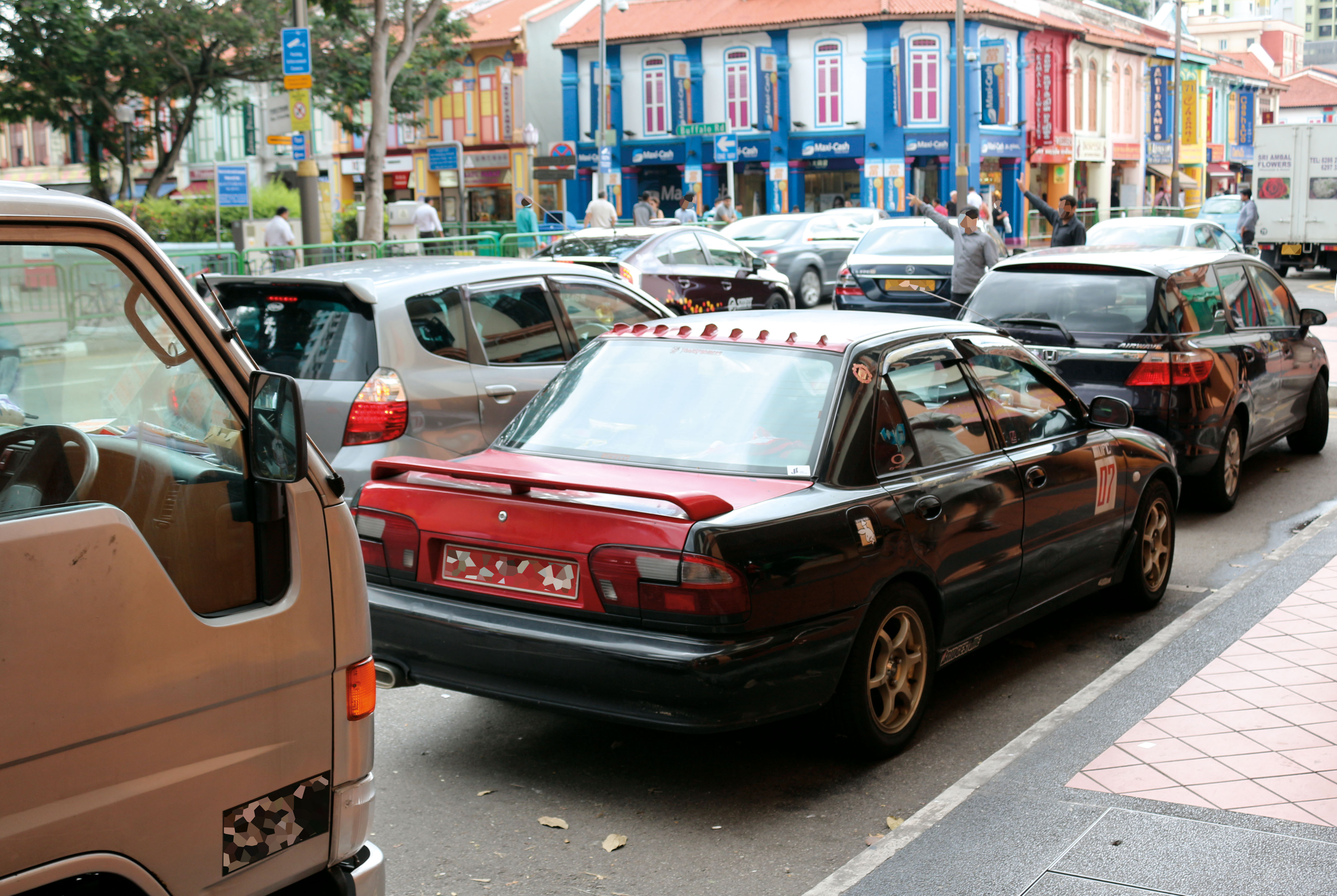
What appears to be a fourth-generation Mitsubishi Lancer turns out to be a Malaysian-made, locally produced Proton Wira!
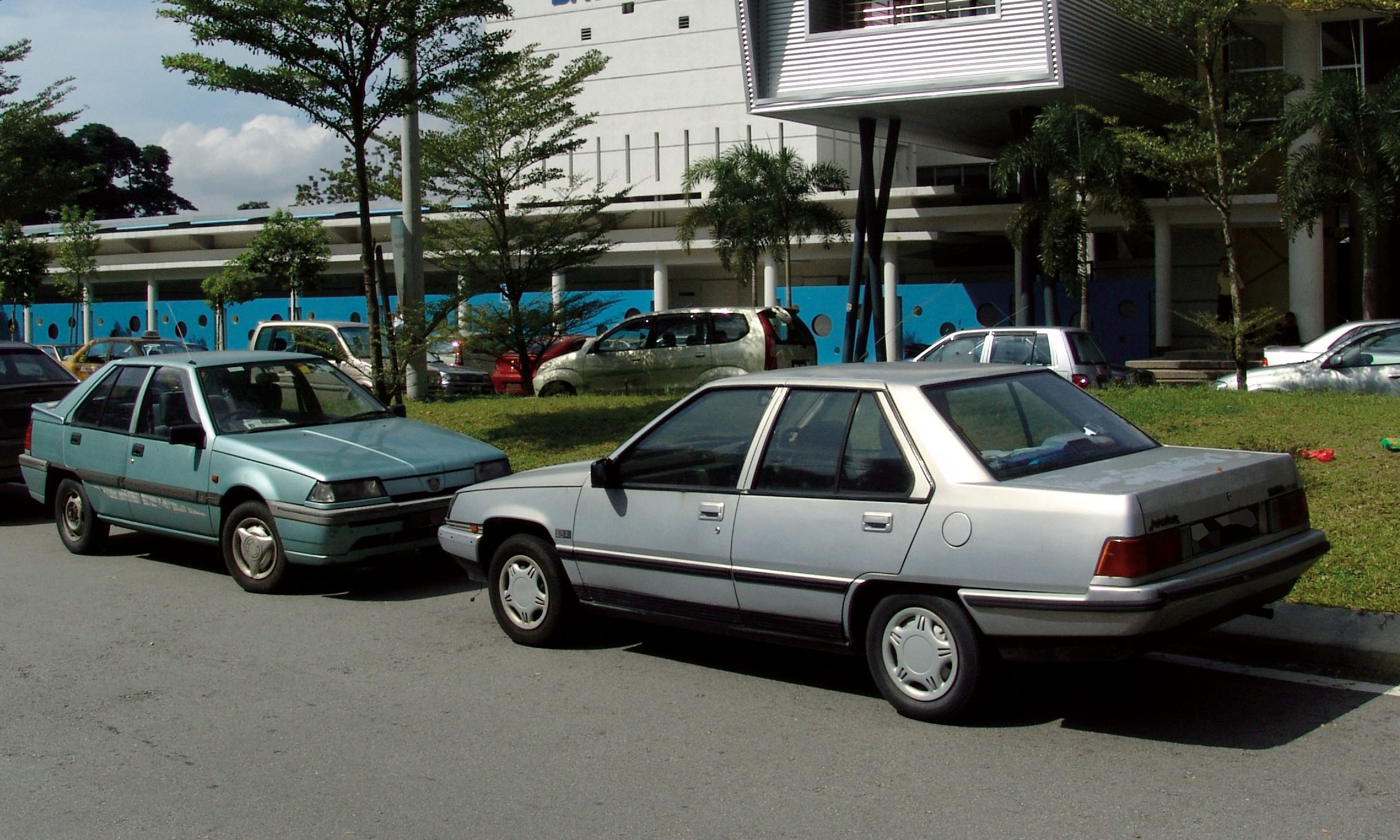
Similar to that, these two boxy rolling door wedges are not Gen 2 Lancers, but so-called Proton Saga. You have never heard of Proton? Neither had I back then, which left me clueless what I was looking at. Nevertheless, the wedge-shaped sporty looking hatchback ignited my curiosity. Want to know more? Read on.
Proton was founded in 1983 as a state-owned car manufacturer, intended to boost local Automotive industry and to establish a national car manufacturer. Proton established a joint venture with Mitsubishi, and based their first model, the Proton Saga, on the second-generation Mitsubishi Lancer.
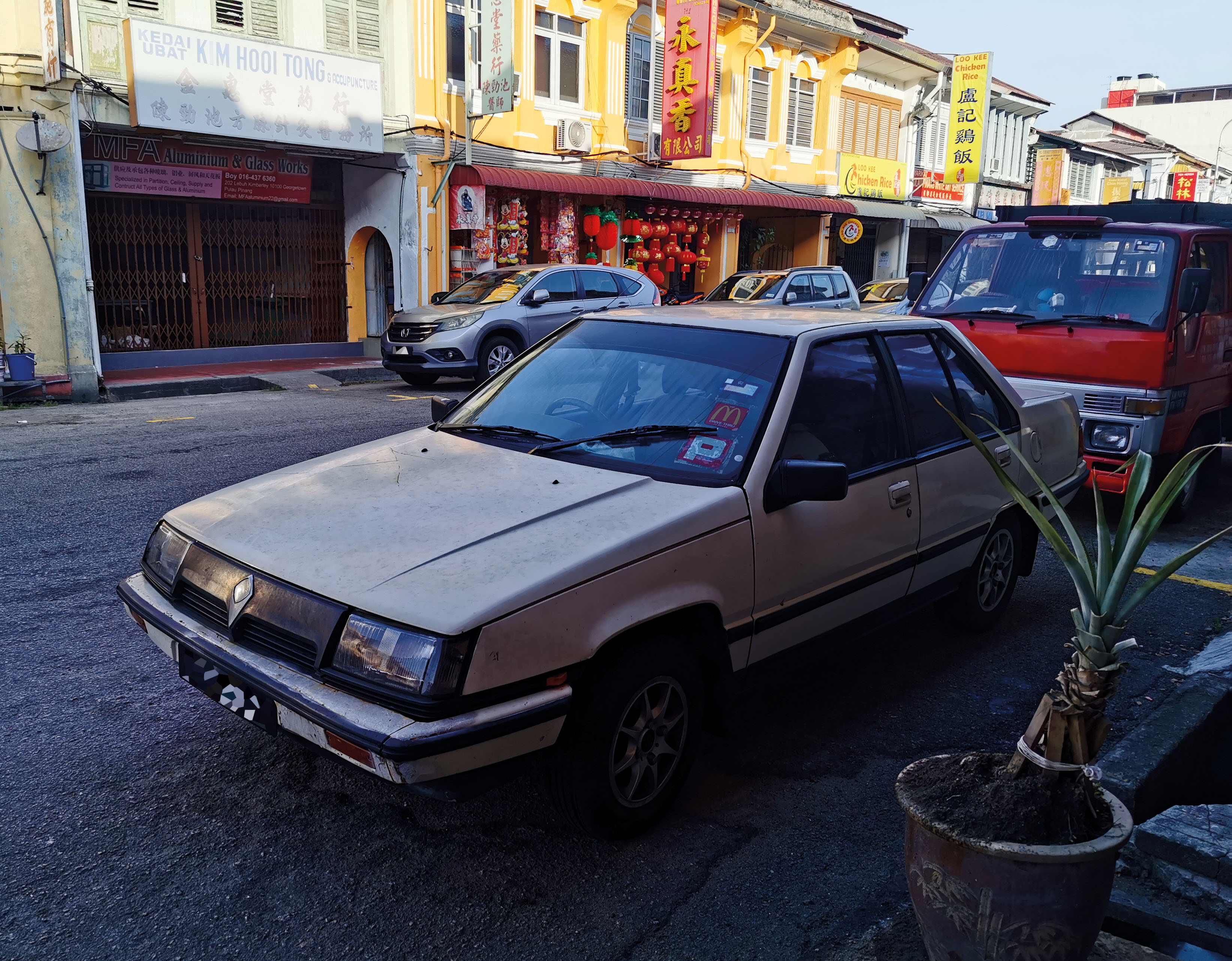
This model was a huge success, and Proton learned the ropes of building cars. In the early 90ies, the Saga received its first facelift.
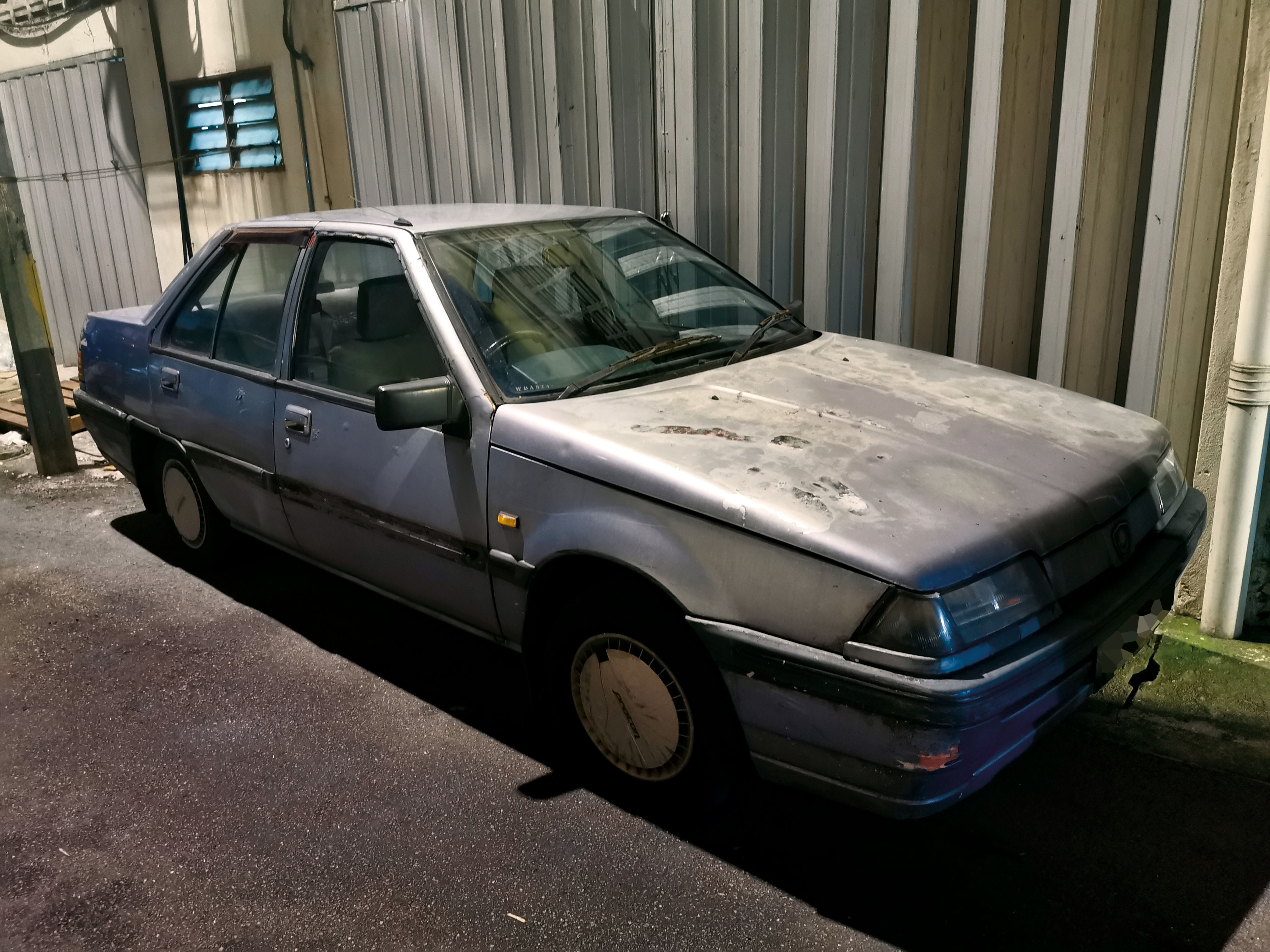
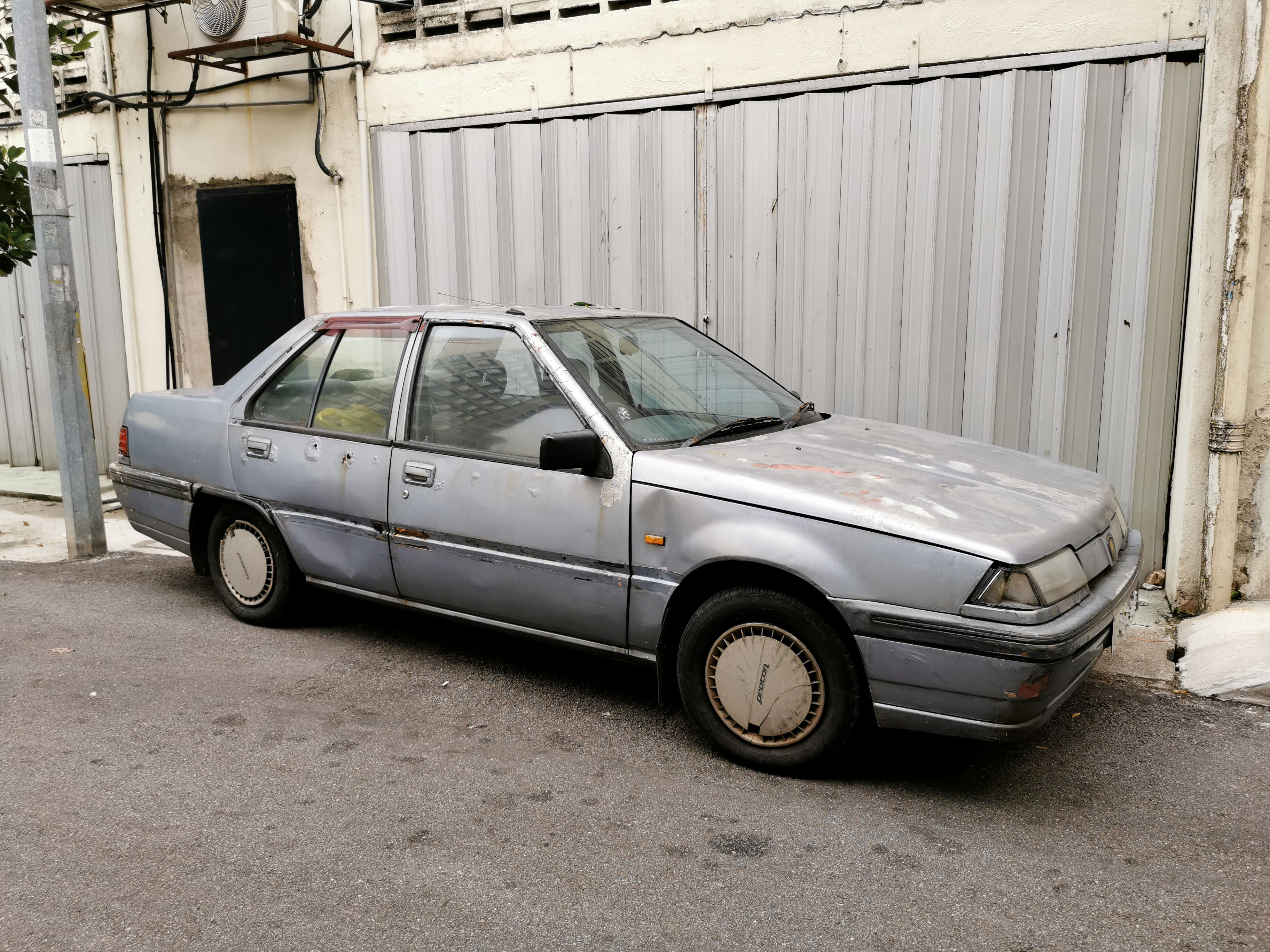
The narrow headlights and modernized styling suited well to Malaysian customer’s taste in the 90ies, and the now called Proton Saga Iswara sold in huge numbers on the domestic market. Some models even made it to the UK, where it became a niche collector model due to its super-rare-but-worthless status.
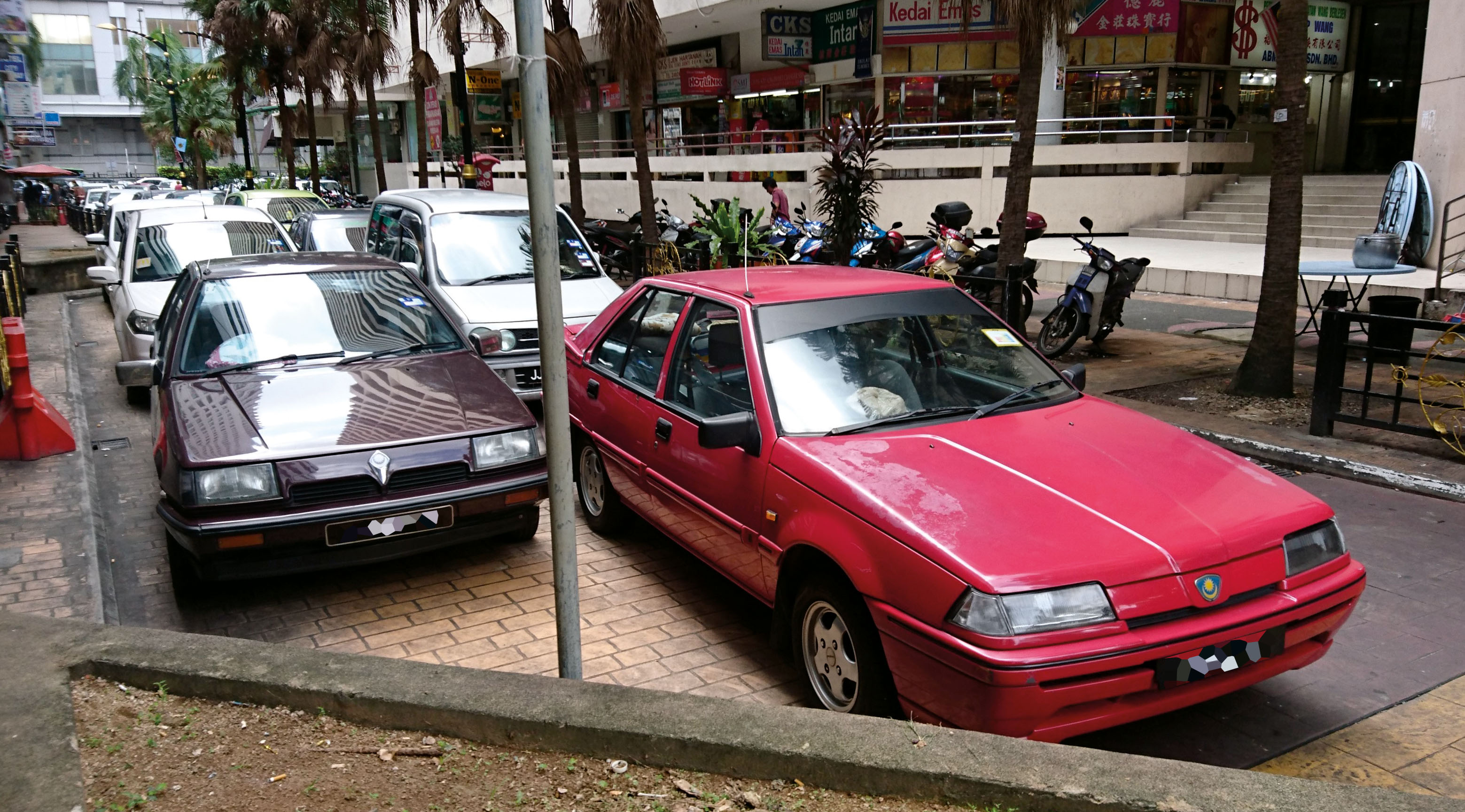
In 1990, the Saga became available in the Aeroback variant: Proton managed to shorten the sedan chassis into a stylish, convenient hatchback!
Judging by the numbers on the road, the aeroback Iswara seems to have been the most popular model. The 12V “Megavalve” model powered by a 1.3L 3-valve-per-cylinger SOHC engine was equipped with a wedge shaped rear spoiler, turning the Saga into a quirky sporty hatchaeroback.
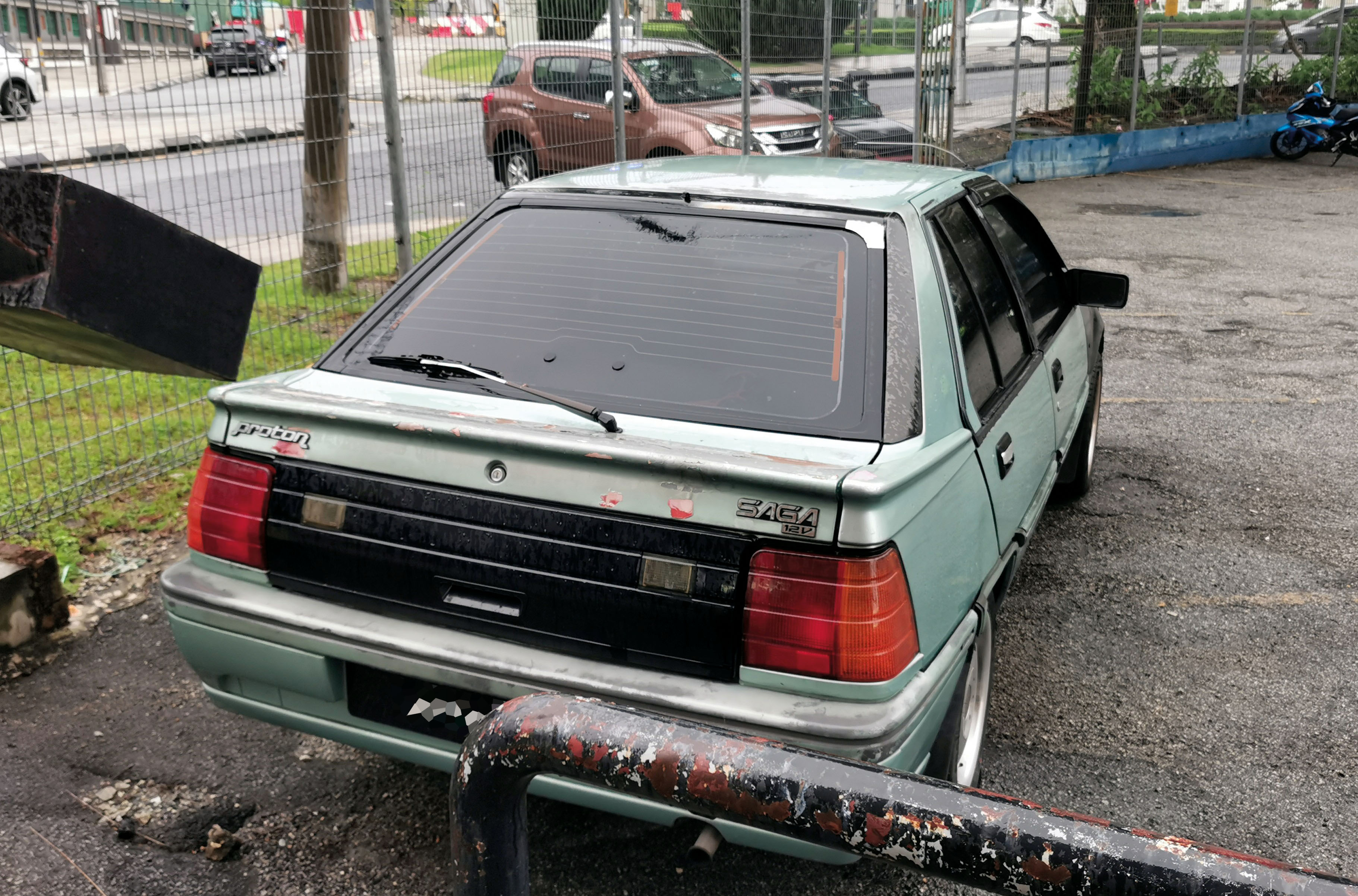
With a large percentage of the population driving Proton Saga, the Saga became a national symbol of Malaysia. The stylish little hatchback is treasured in the hearts of many Malaysians.
After the turn of the Millennium, the Lancer chassis engineered in the early 80ies started to look really dated, but Proton was not yet ready to give up on its successful model, and decided to apply yet another facelift. I haven’t taken a picture of the second-facelift Saga yet, but that will follow as soon as possible.
The history of the first-gen Saga ended in 2008, when it was replaced by the in-house developed successor, featuring a more round, modern body.
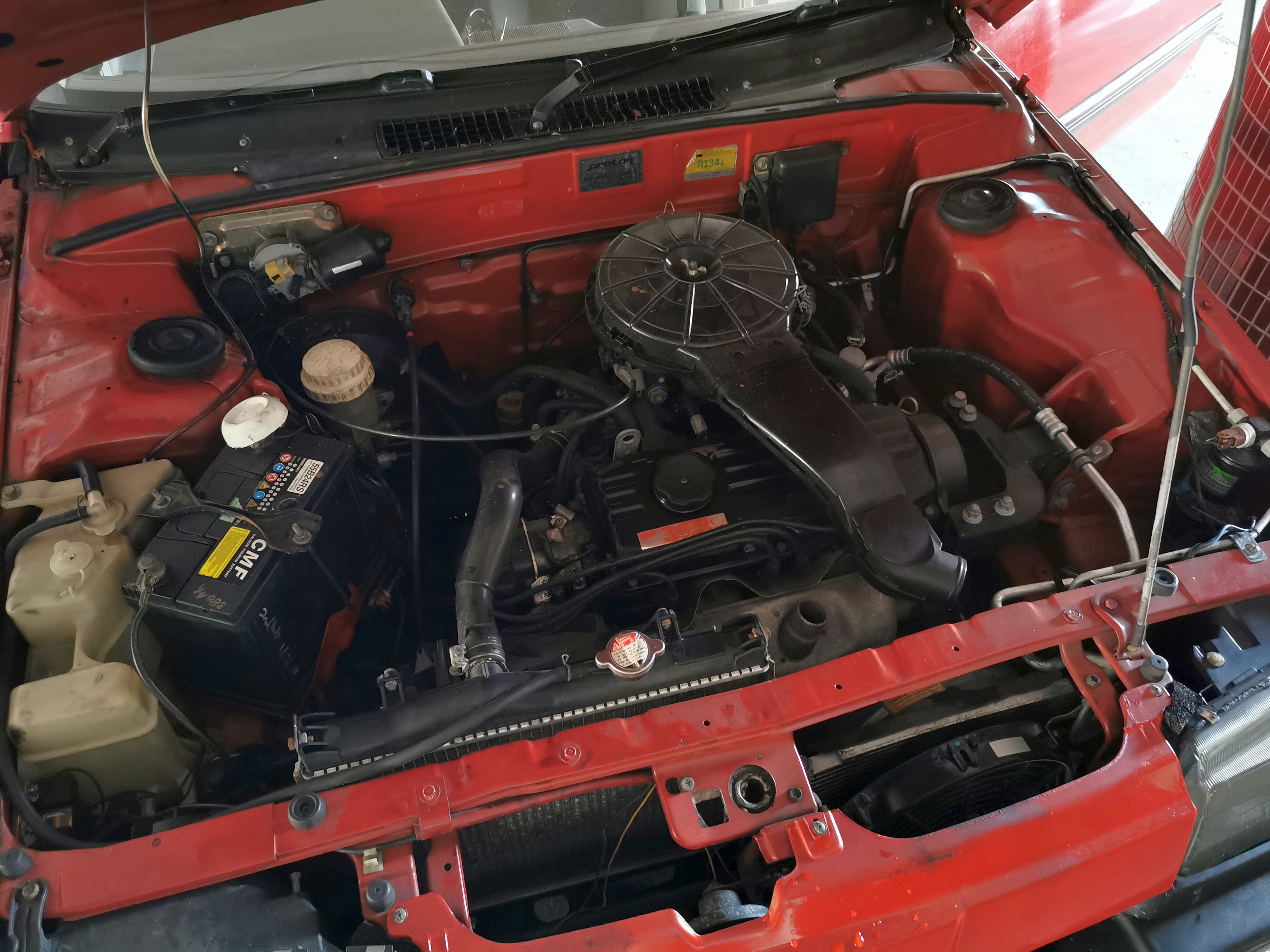
Technology-wise, the drivetrain of the Saga is reliable Japanese machinery: The Mitsubishi Orion 4G13P/4G15P 12V OHC engines, either with 1.3 or 1.5 liters displacement, were a reliable and fun-to-drive choice. I couldn’t tell if these engines use carburetors or fuel injection, but based on the rough idling, I assume they use carburetors.
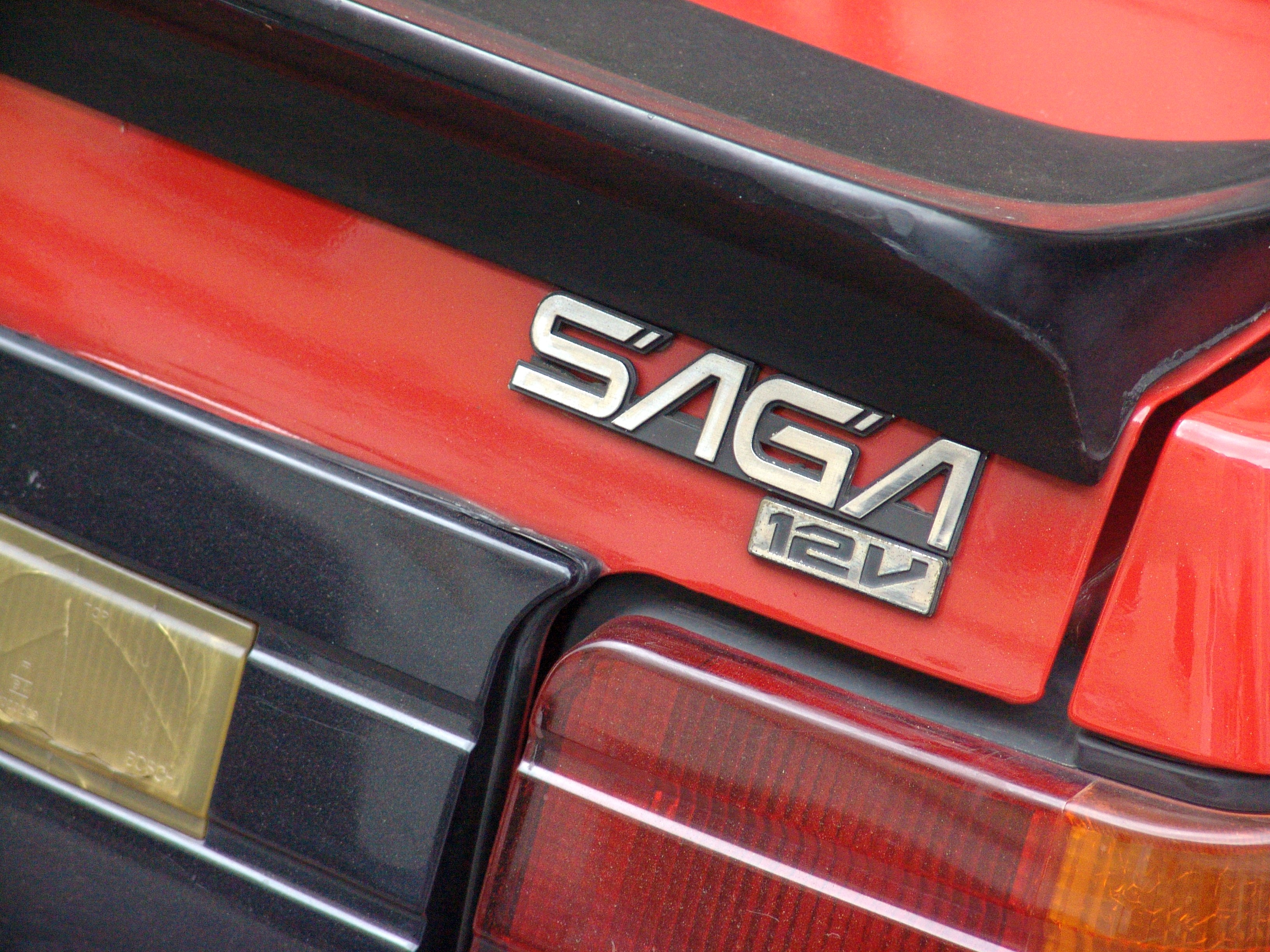
Many components make the Saga a fascinating piece in Southeast Asians automotive history. The >20-year production period, the two different body styles and the availability of four different factory styles (original style, 1992 change, 2003 change and Mitsubishi style) and a large choice of tuning parts give the Saga an abundance of possible customization options.
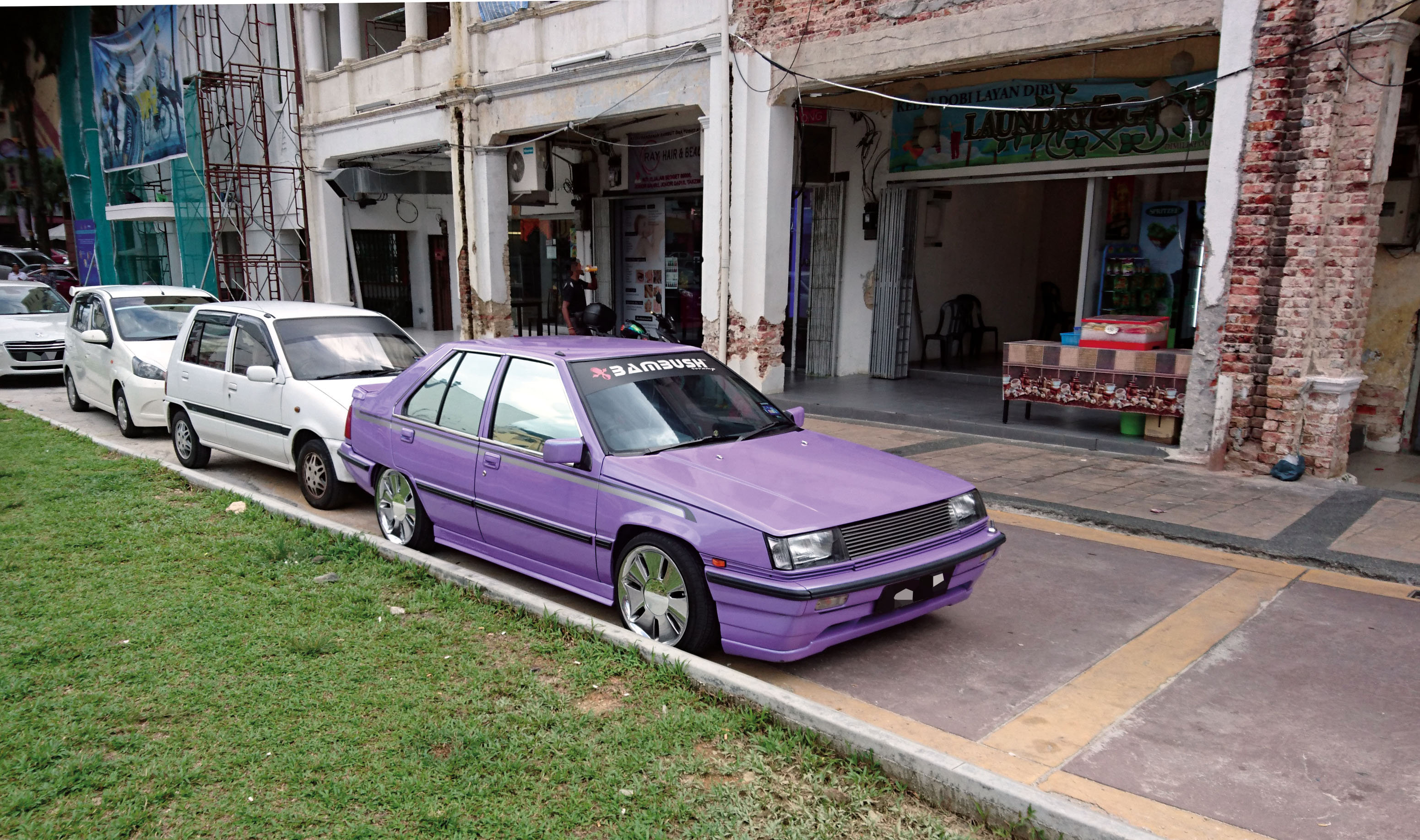
Above Saga Aeroback is an interesting example – the front-end uses the JDM Mitsubishi Lancer parts, while the shortened body clearly indicates a Proton body. I may recommend a different choice of wheels, but you get my point – this car can be customized to the sky.
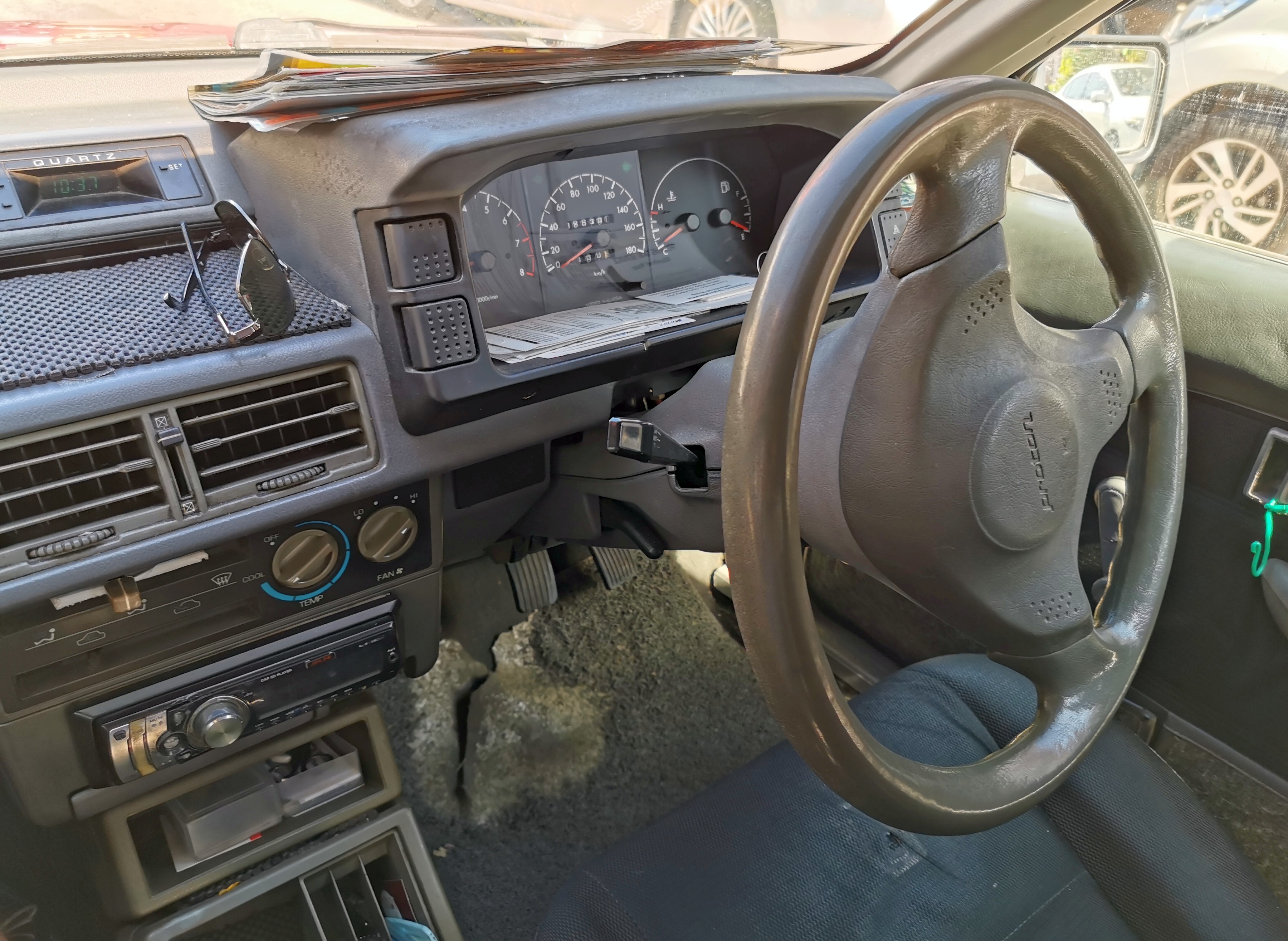
The mix of Japanese / Malaysian / international parts doesn’t stop in the interior, where the instrument panel is German-made VDO cluster. The Saga is Malaysian-made, with a Japanese body, and German instrumentation. A truly global automobile.
My obsession with the Saga grew so much that on my last trip in Malaysia, I asked a Taxi driver to drive me around the mountains of Penang island for an entire day. With some frustration, I had to accept that I got seriously overcharged, but I had no choice: most other taxi drivers had moved on to newer models. It was by far the most expensive taxi ride I ever had in Malaysia, but the smooth sound of the Mitsubishi Orion engine and the old-school driving feeling of the Saga with the direct road feedback made up for it.

Today, the number of first-gen Sagas on the roads of Malaysia is decreasing quickly. While build in large numbers, most Sagas were used as daily drivers with minimum maintenance. High humidity caused many Sagas to be eaten away by rust. The scorching sun of Southeast Asia not only caused faded paint, but also cracked dashes and wobbly plastic parts. The bad reputation as being the least prestigious car has further decimated the number of original, well-kept Sagas. Questionable tuning trends contributed their part, too.
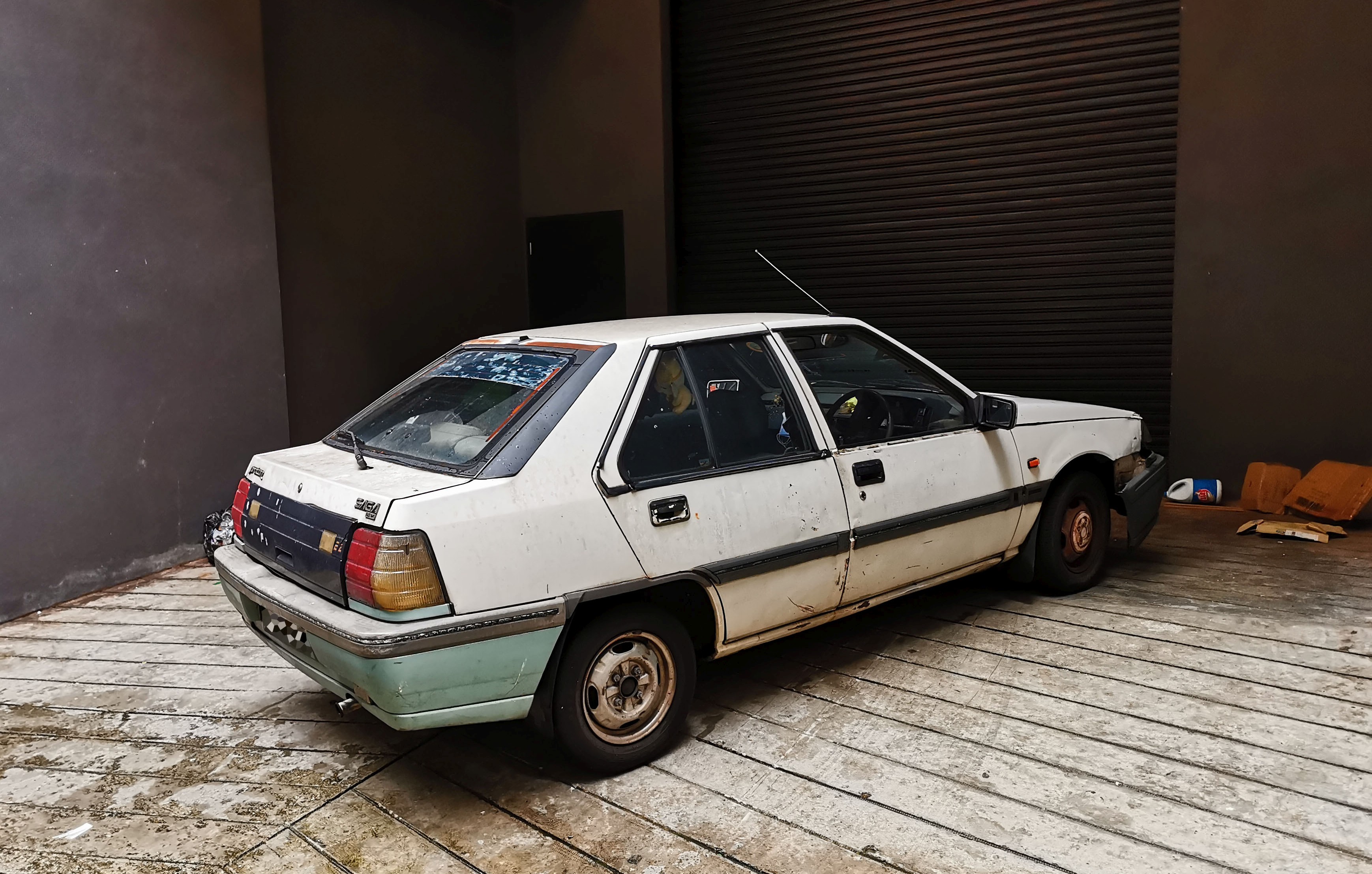
Most of my friends from South-East Asia don’t think that the Saga no different than a laughingstock, but I would disagree. To me, the Saga is the Volkswagen (“people’s car”) of Malaysia. The VW Käfer, the first car-for-everyone made by Volkswagen in millions, spent decades being worthless. At some point, It magically got elevated into the classic car society. Many other cars of German, American and Japanese origin had to pass a similar deprecation valley before turning valuable.
I believe the Saga will have a similar positive future. It may never be very valuable, but at some point it will make heads turn, faces smile, and remind us of an iconic symbol of Malaysia’s Automotive culture. The fact that the first production Saga made in 1985 is exhibited in Malaysia’s National Museum seems to be the first step.

